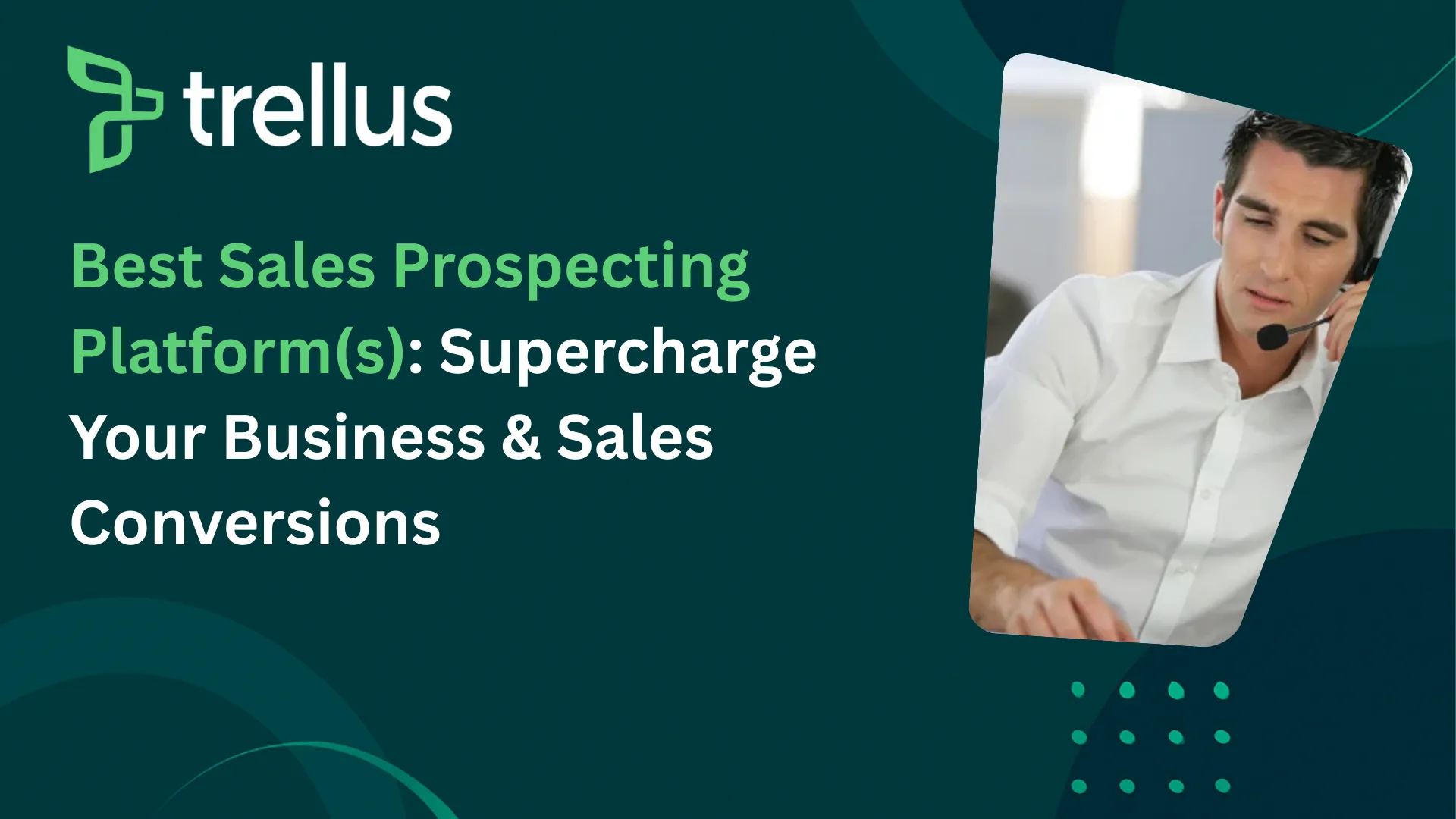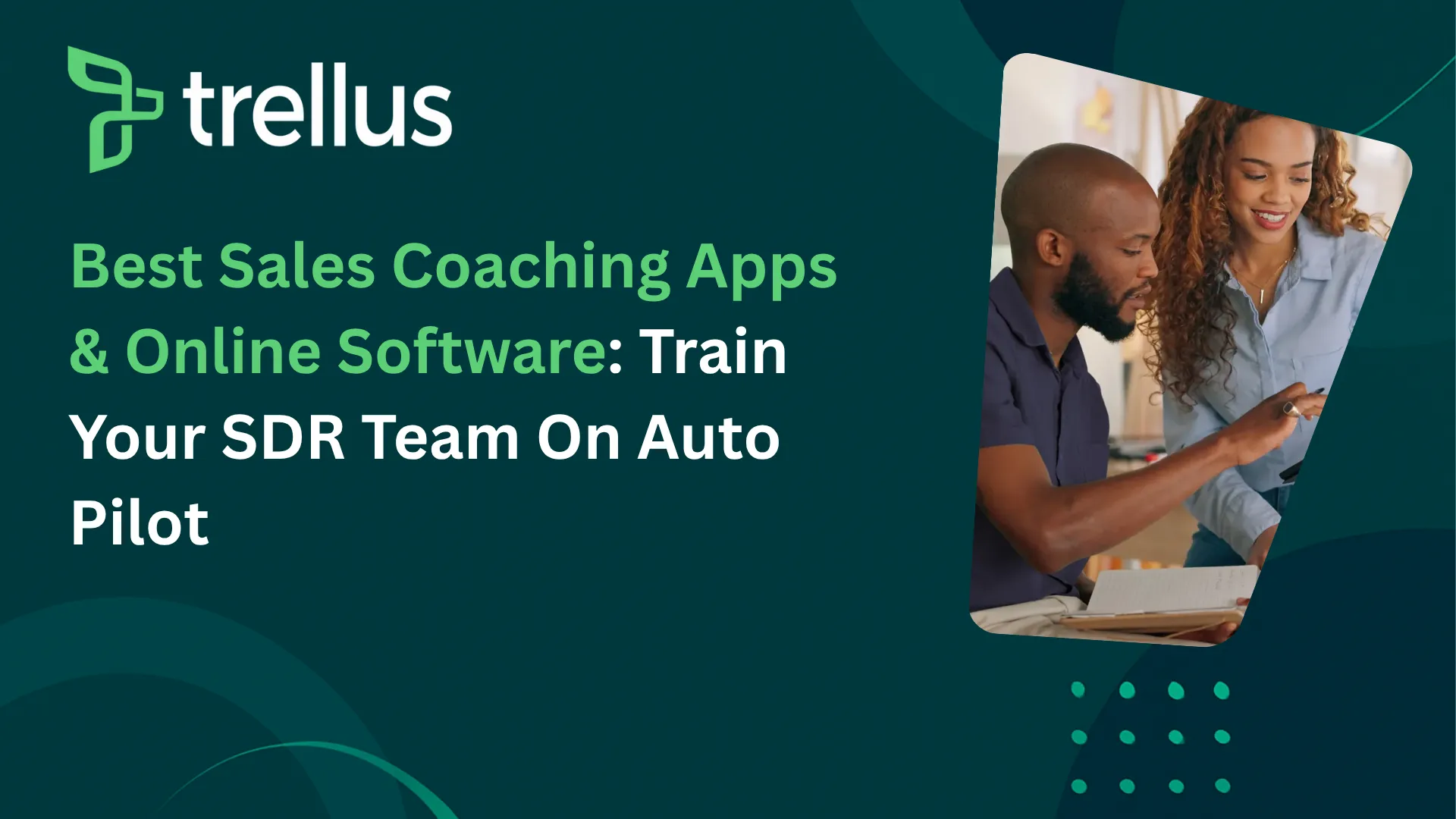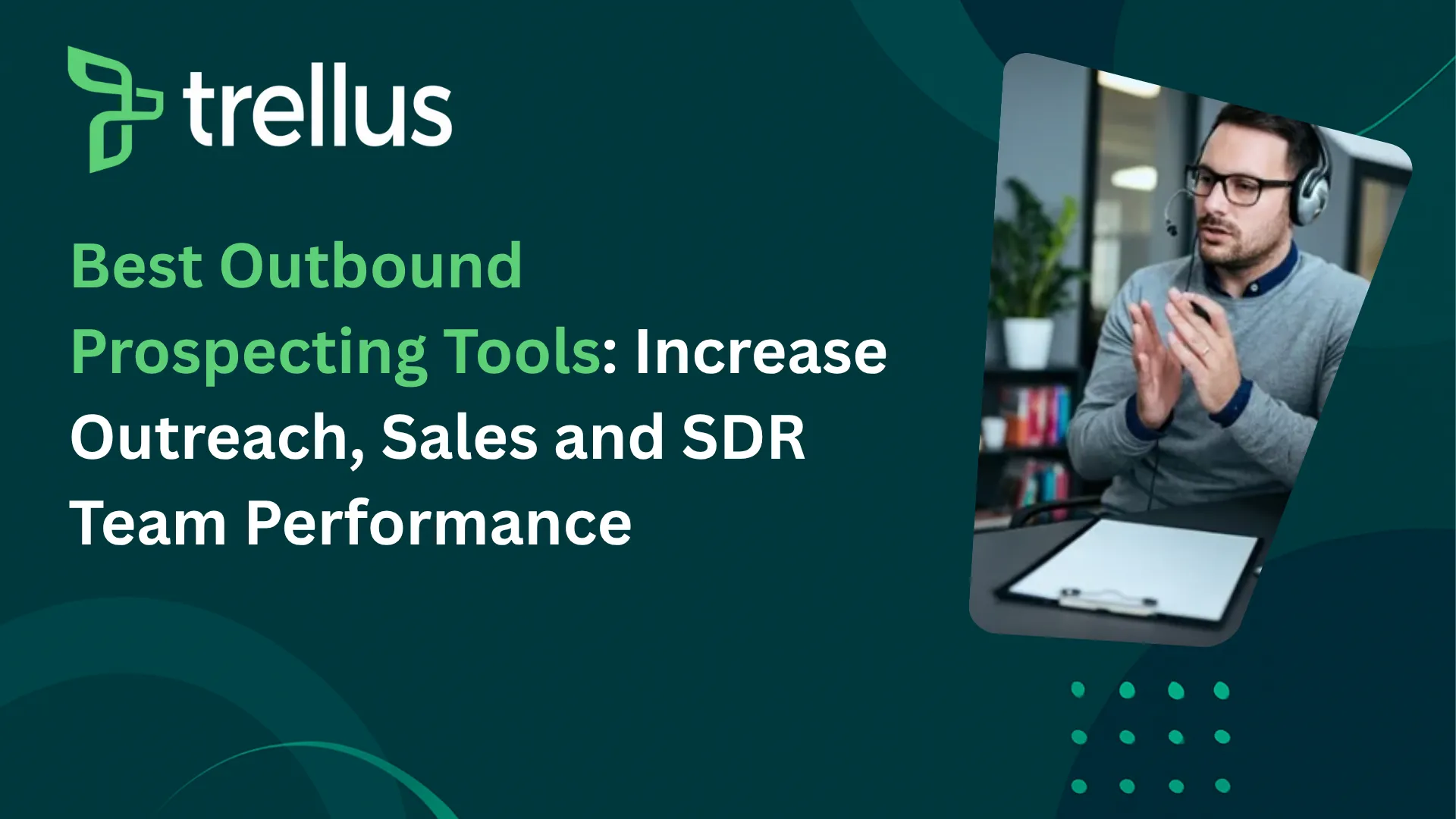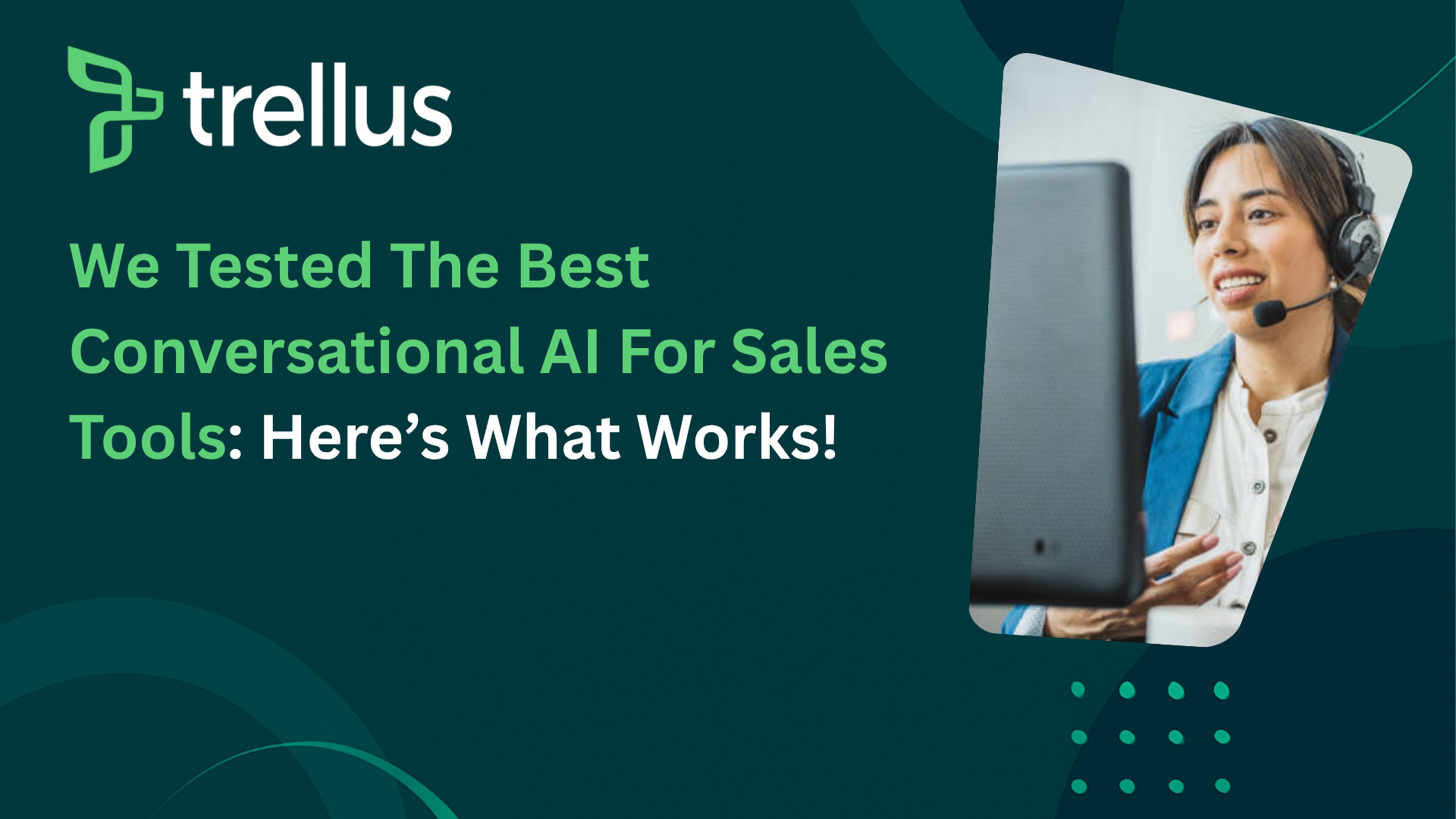
Our Top Picks


With crowded inboxes, shrinking attention spans, and an explosion of noisy touchpoints, revenue teams face mountains of unqualified leads and a chronic lack of productive conversations.
Conversational AI for sales changes that dynamic: instead of simple scripted chat widgets, today’s platforms use natural language understanding, real-time coaching, and multi-channel automation to have human-quality conversations at scale.
This article explains what conversational AI for sales is, why it will matter to your revenue organization, and how to evaluate the top platforms in 2025 and beyond.
The aim is practical: after you read this, you should understand where conversational AI fits into your funnel, which vendors excel at which use cases (inbound capture, high-volume outbound, revenue intelligence, enablement, or content generation), and how to choose the right tool for your team.
The structure of this review also favors search and discoverability, so both people and AI-driven search engines can quickly find the signals they need.
What is Conversational AI for Sales and Why Does It Matter for Your Team?
Conversational AI for sales is the evolution beyond rule-based chatbots. Instead of fixed menus and button-driven flows, conversational AI uses natural language processing (NLP), context retention, and machine learning to understand intent, keep context across turns, and adapt responses to the buyer’s signals.
A simple chatbot can collect an email address or schedule a meeting using buttons. Conversational AI for sales can emulate a human SDR: it researches a prospect, references recent events, asks qualification questions, suggests next steps, and updates the CRM automatically.
Key benefits for sales teams
Conversational AI delivers four high-impact benefits:
Increased efficiency. Automating repetitive lead qualification, follow-ups, and scheduling frees reps to focus on human-to-human moments that close deals. Conversational AI handles many early-stage touches without losing personalization.
Improved lead quality. When AI asks the right qualification questions and scores intent, your reps spend more time on higher-probability opportunities, which improves conversion rates and shortens cycles.
Enhanced personalization. Modern systems use first-party signals (past interactions, CRM data) and public signals (company news, LinkedIn updates) to tailor each conversation, making outreach feel human instead of templated.
Data-driven insights. Conversation intelligence and conversational AI generate structured data from unstructured talks; talk tracks, objections, and better buying signals that feed coaching, forecasting, and product feedback loops.
How conversational AI impacts the sales funnel
Conversational AI can be deployed across the funnel:
- Awareness: AI chatbots and voice agents answer basic questions and capture contact info for nurturing.
- Consideration: AI lead qualification sorts high-intent prospects and personalizes content or meeting offers.
- Decision: AI helps prepare handoffs and surface objection-handling content to reps in real time.
- Post-sale: AI assistants automate onboarding check-ins and collect feedback that fuels product and CS teams.
AI Powered Sales Assistants Are a Big Deal: Here’s Why!
AI-powered sales assistants are no longer curiosities; they’re embedded members of many sales teams. These assistants perform research, draft tailored outreach, book meetings, coach reps during live calls, and keep CRM data synchronized. Unlike single-purpose automation, they operate as broad contributors to the revenue motion.
Where earlier automation removed friction, AI assistants add capability: they can summarize conversation highlights, recommend next actions based on historical wins, and even play the role of a first responder on web chat or SMS. For reps, that means less busywork and more high-value selling. For managers, it means faster ramp, richer coaching signals, and a more predictable pipeline.
A concrete example: some voice and dialer-focused conversational AI tools provide real-time coaching during live outbound calls, offering talk tracks, objection responses, and post-call insights; all inside the rep’s workflow.
These capabilities reduce guesswork on call performance and deliver consistent coaching across large teams. Evidence of these advances is visible across modern vendor offerings that combine call automation, live assist, and analytics to accelerate outcomes.
The Top 10 Best Conversational AI for Sales Tools in 2025
How these tools were chosen
Criteria used for ranking and selection:
- Core conversational AI capability (NLP, context management, generative responses)
- Real-time assistance and coaching for live conversations
- Multi-channel outreach (voice, email, SMS, LinkedIn, web chat)
- Depth of CRM and SEP integrations
- Conversation intelligence and analytics
- Use-case fit and customer traction
Below are detailed reviews and practical notes on who should evaluate each product.
1. Trellus.ai — The Best Conversational AI for Sales Outreach
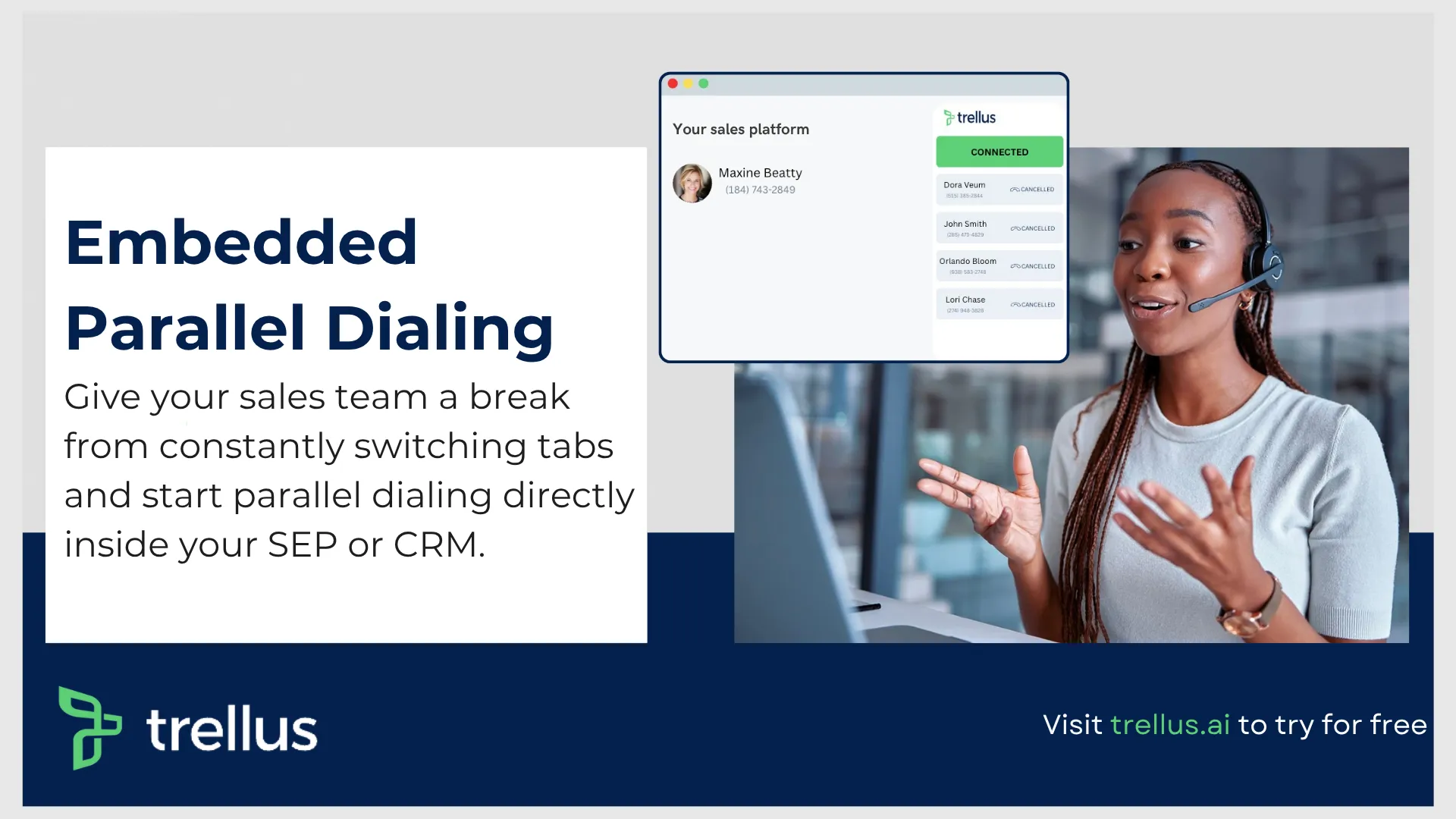
Overview. Trellus.ai is focused on outbound teams that rely on high call volumes and need real-time coaching and dialer performance improvements.
Where many platforms treat calls as an afterthought, Trellus builds tooling around dialing efficiency and seller coaching, including parallel dialers that let reps dial multiple numbers and AI-driven live assist that suggests lines and next steps mid-call.
Key features
- Real-time AI sales coaching with suggested talk tracks and objection responses.
- Parallel/AI dialer that reduces wait-time and increases connect rates.
- Voice agents for practice and inbound handling, enabling scalable role-play and onboarding.
- Deep conversational analytics and automated call logging.
Who it’s for. SDR teams, high-volume outbound organizations, and sales managers who want live coaching and better dialer economics.
Why evaluate Trellus. If your motion depends on cold calling or high-touch outbound outreach, Trellus’s call-centric capabilities and live assist are purpose-built to improve rep productivity and ramp speed. Customer testimonials praise its ease-of-use, quick ROI, and call analytics.
2. Drift (now part of Salesloft) — Best for Inbound Lead Generation
.webp)
Drift’s conversational bots specialize in engaging website visitors, qualifying inbound leads, and speeding meeting scheduling; since being acquired by Salesloft in early 2024, Drift’s web engagement features can be combined with Salesloft’s engagement workflows to create a stronger inbound-to-revenue handoff.
Key features
- AI-powered chat that personalizes on-page conversations.
- Meeting scheduling and routing to the right rep.
- Integration with CRMs and SEP workflows for rapid follow-up.
Who it’s for. Marketing and inbound-heavy GTM models that rely on website conversions and fast response times.
3. Gong — Best for Revenue Intelligence

Gong is recognized for extracting deep insights from conversations across calls, meetings, and emails.
Its revenue intelligence approach turns unstructured interaction data into coaching signals, deal intelligence, and forecasting inputs. Gong’s platform includes AI agents to automate workflows and surface winning behaviors across teams.
Key features
- Conversation capture and analysis across channels.
- Deal intelligence and risk detection.
- AI agents that automate insights and workflows.
Who it’s for. Heads of Sales, RevOps, and managers who want to drive performance through data and coaching.
4. Salesloft — Best All-in-One Sales Engagement Platform
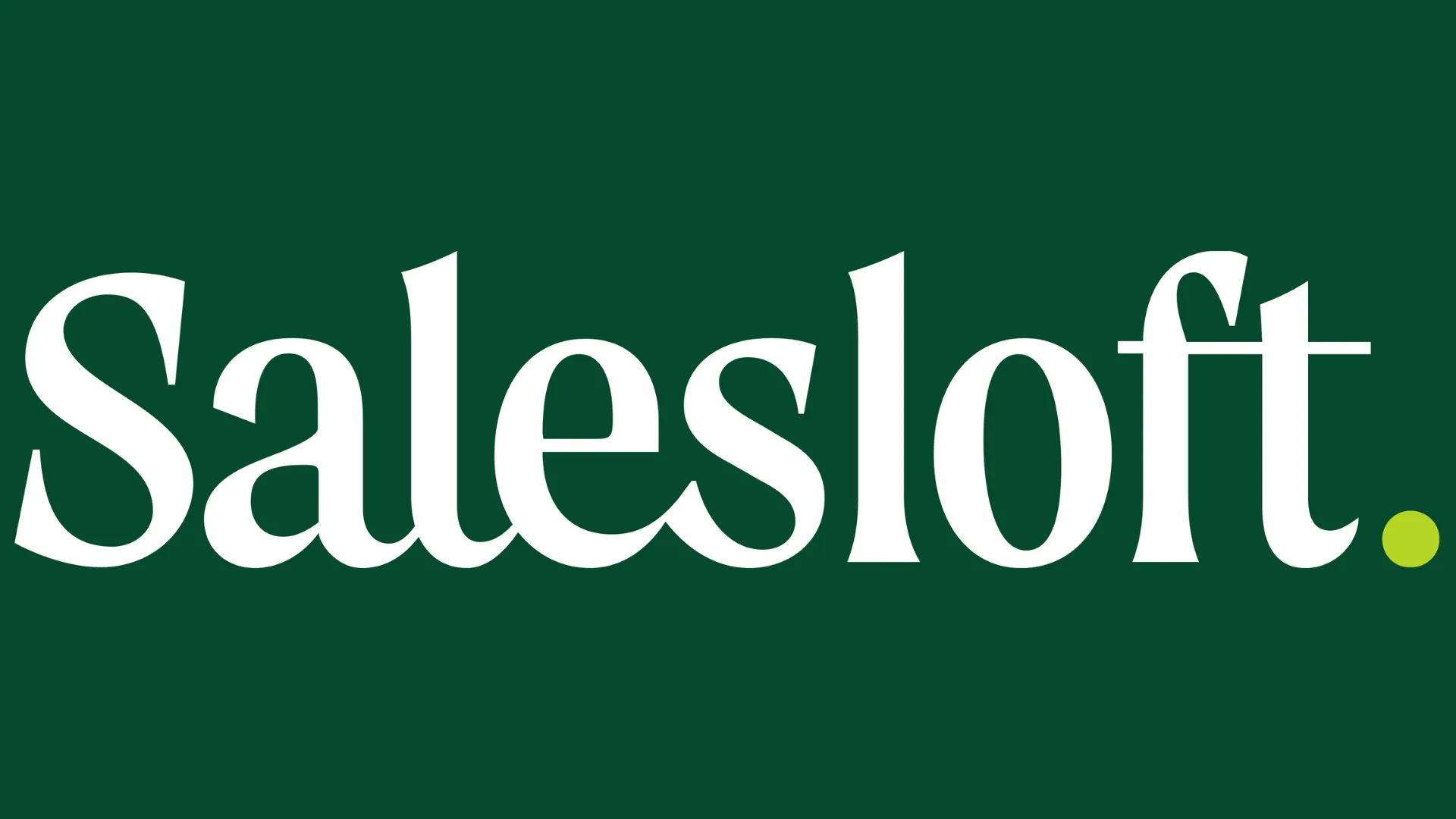
Salesloft provides a comprehensive engagement engine and, after acquiring Drift, deeper inbound web engagement capabilities.
The software offers cadence automation, conversation intelligence, and integrations that make it a candidate for teams that want a single platform for outreach and capture.
Key features
- Multi-channel cadences and automation.
- Conversation analytics and playbook enforcement.
- Native integrations with CRM and marketing systems.
Who it’s for. Sales organizations that want a unified sales engagement platform covering both inbound and outbound.
5. Lindy.ai — Best for Custom AI Sales Agents
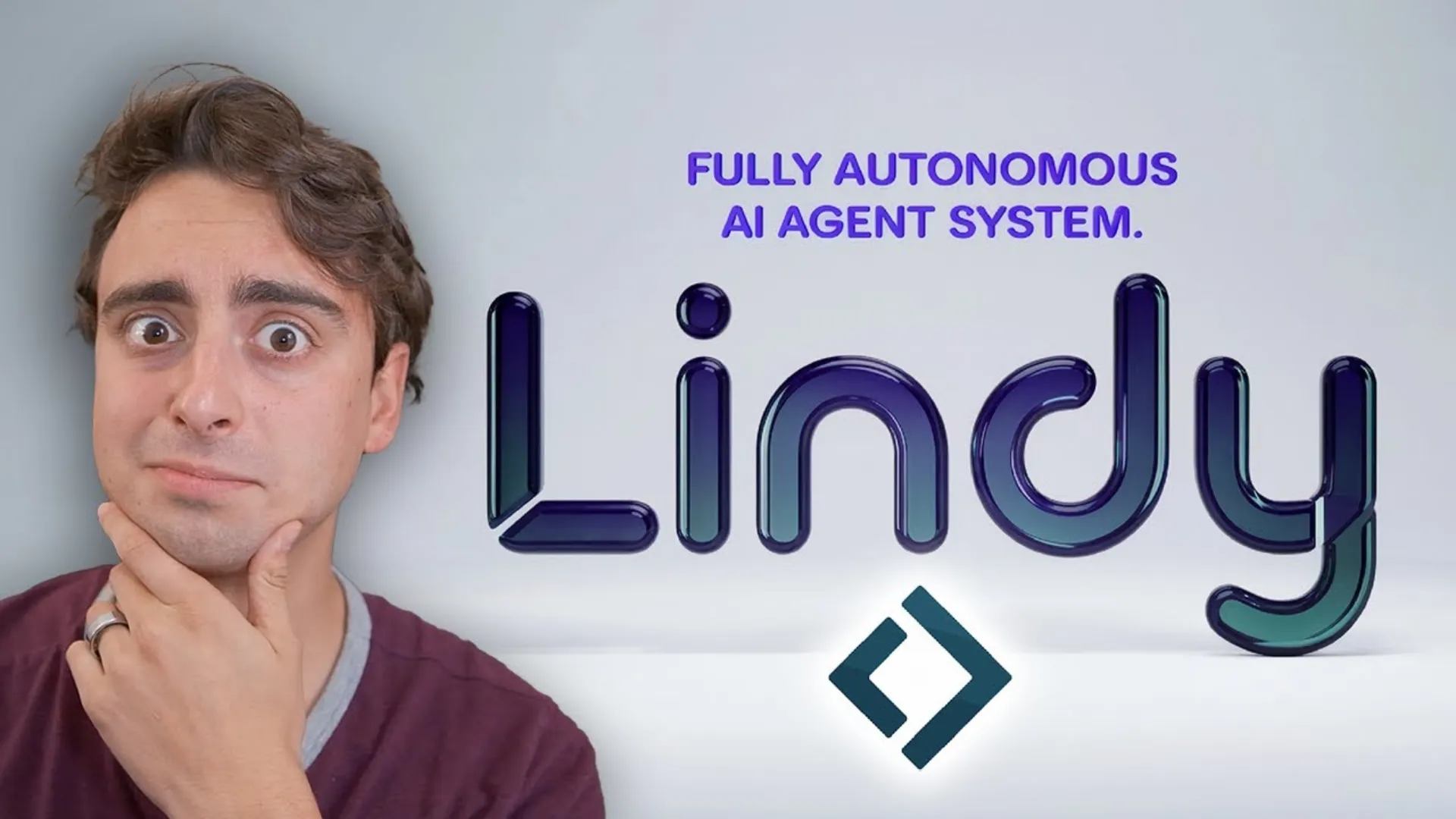
Lindy provides a no-code environment for building custom AI agents to automate tasks across the sales workflow: lead finding, outreach, follow-ups, and CRM updates.
Organizations that need bespoke automation logic or want to create specialized AI workflows find Lindy’s agent model flexible and powerful.
Key features
- No-code agent builder and workflow automation.
- Connectors to inboxes, CRMs, and external data sources.
- Scalable agent orchestration for multi-step prospect journeys.
Who it’s for. Teams that want tailored AI agents to implement company-specific playbooks and automations.
6. AiSDR — Best for Automated Email and Text Outreach
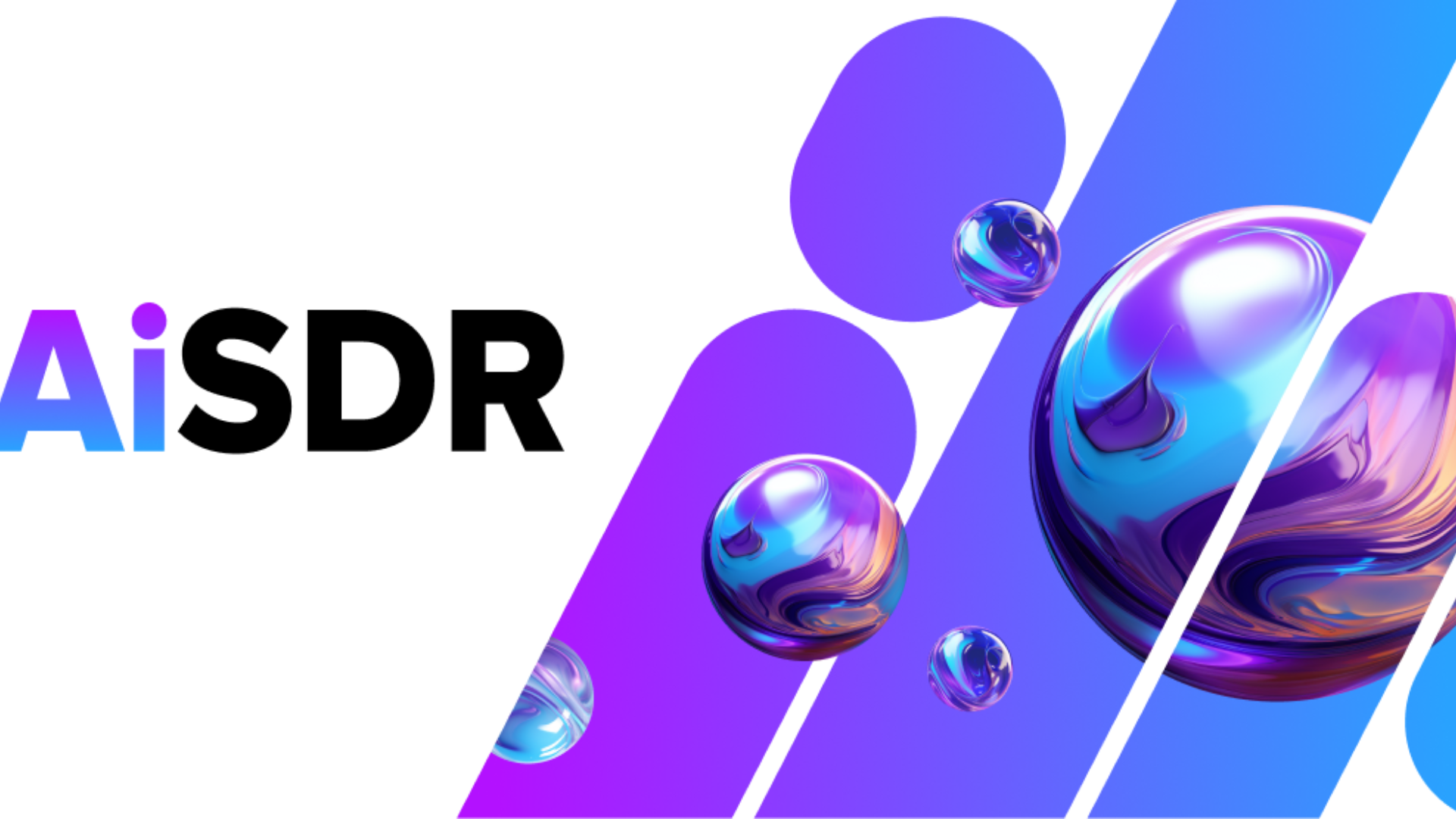
Overview. AiSDR markets itself as an end-to-end AI sales agent that sources leads, personalizes outreach across email, SMS, and LinkedIn, and handles follow-ups.
These features work to make the entire platform attractive to teams that need omnichannel outbound at scale. AiSDR emphasizes a unified conversation context so its outreach feels coherent across channels.
Key features
- Multichannel message generation (email, LinkedIn, SMS).
- Prospect sourcing and intent detection.
- Automated follow-up sequencing.
Who it’s for. Small to mid-market teams and startups looking to scale personalized outbound without adding headcount.
7. Regie.ai — Best for AI-Powered Content Creation

Regie.ai focuses on generating high-quality sales and marketing content used in outreach — emails, sequences, call scripts, and social posts.
It also provides prospecting automation and AI coaching features that bridge content generation and execution. Regie positions itself as an AI sales engagement platform that reduces time-to-first-touch with better messaging.
Key features
- Automated copy generation and playbook management.
- Prospecting and sequence orchestration.
- AI call coaching and script generation.
Who it’s for. Teams that want consistent, high-quality messaging across reps and need to scale content creation without sacrificing brand voice.
8. Chorus (by ZoomInfo)

Chorus captures and analyzes conversations and pairs those insights with ZoomInfo’s data ecosystem.
That combination helps reps understand buyer context and sales leaders align coaching to buyer needs. Chorus is frequently chosen by B2B organizations that want conversation intelligence backed by firmographic and contact signals.
Key features
- Cross-channel conversation capture and transcription.
- Coaching insights and red-flag detection.
- Integration with ZoomInfo’s contact and company data.
Who it’s for. Enterprise B2B sellers that already rely on ZoomInfo or need a conversation intelligence tool that ties directly to prospect data.
9. Revenue.io — Best for Real-Time Call Guidance
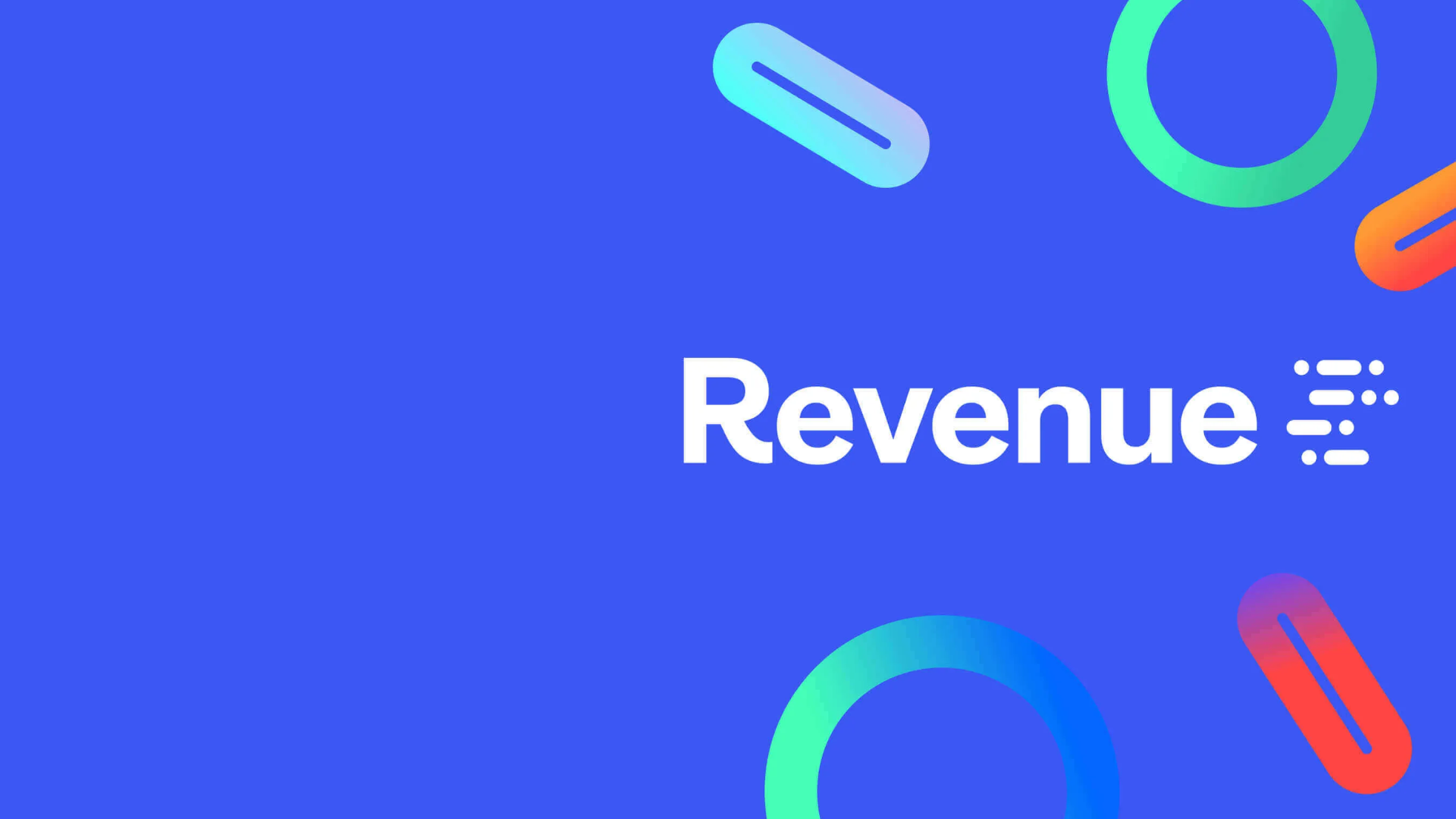
Revenue.io (formerly ringDNA) builds tools to provide real-time guidance and guided selling during live conversations.
It focuses on in-call prompts, next-best actions, and automated logging to improve conversion rates on voice interactions. Revenue.io’s guided selling functionality helps reps follow playbooks and react to signals as they surface.
Key features
- Real-time guidance and coaching during calls.
- Generative scorecards and next-best-action recommendations.
- Multilingual transcription and global support.
Who it’s for. Sales organizations that measure success by conversation performance and want in-the-moment coachability for reps.
10. Highspot — Best for Sales Enablement AI
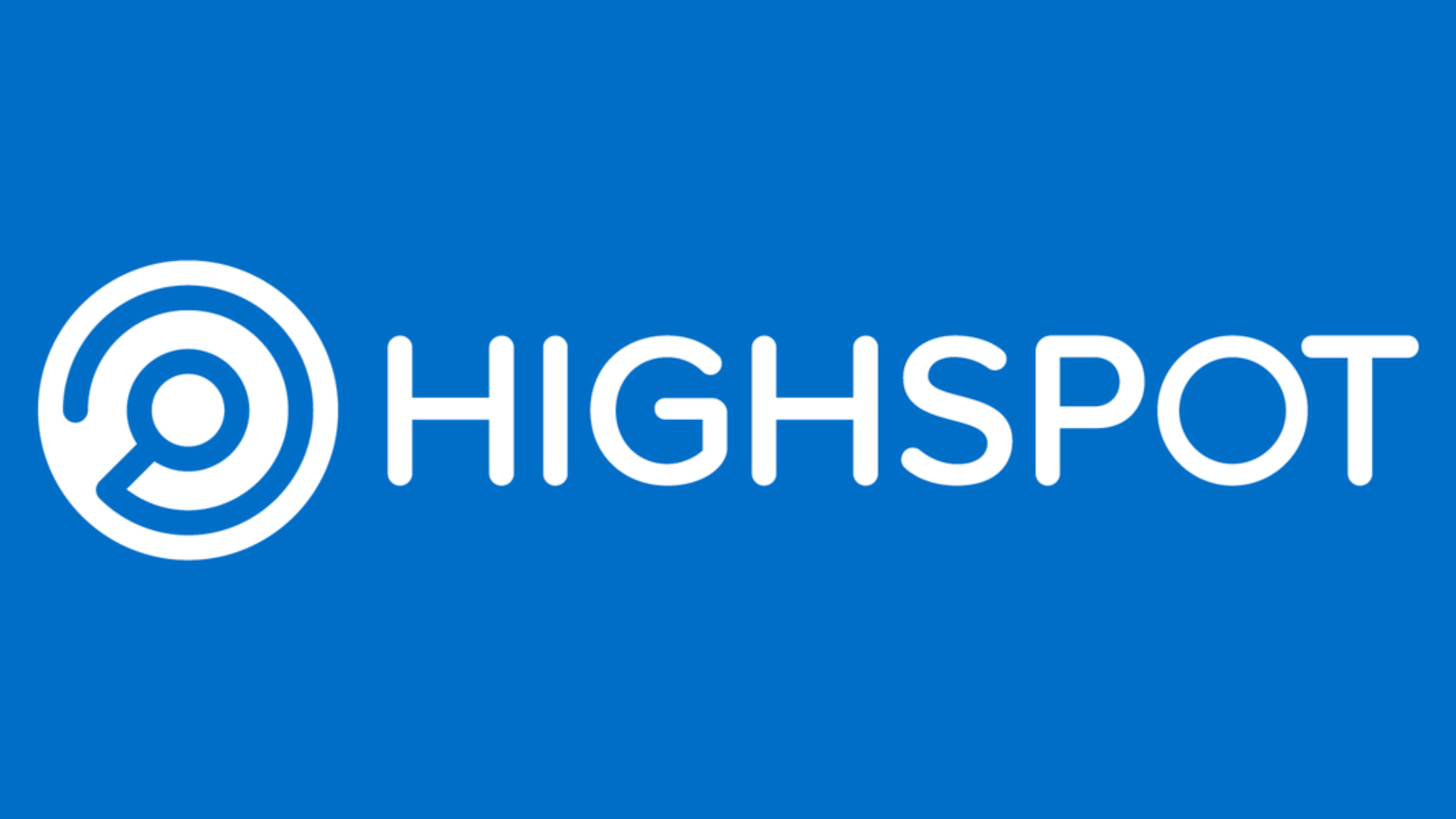
Highspot specializes in sales enablement, helping teams find the right content and deliver consistent messaging. Its AI capabilities augment content recommendations, coaching, and analytics so reps can surface the best collateral at the right time.
Highspot is especially useful for organizations that tightly link content to outcomes and want enablement analytics
Key features
- Content management and intelligent recommendations.
- Coaching and playbook enforcement.
- Enablement analytics that tie content to revenue outcomes.
Who it’s for. Sales enablement leaders and managers who want to improve win-rates by surfacing the right content and coaching insights to reps.
How to Choose the Right Conversational AI for Your Sales Team
Team size and structure. Small teams often need out-of-the-box automation (email sequences, chat widgets) while large teams benefit from conversation intelligence and coaching features that scale training and quality.
Sales process. If your model is inbound-heavy, prioritize AI chat and web conversion (Drift + Salesloft). For high-volume outbound, look at dialer-centric solutions with in-call coaching (Trellus, Revenue.io). For deep coaching and forecasting, revenue intelligence tools (Gong, Chorus) are a better fit.
Existing tech stack. Verify integrations with your CRM (Salesforce, HubSpot), SEP (Salesloft, Outreach), and collaboration tools. Tight integrations reduce friction and improve data hygiene.
Budget and procurement. Conversational AI can range from affordable SaaS tiers to enterprise deployments with significant spend. Plan for pilot budgets, training costs, and change management.
Security and compliance. Check data handling policies, encryption, and how vendors manage recordings and PII. This is especially important for regulated verticals.
How to implement conversational AI for maximum ROI
Start with a focused pilot that targets one measurable outcome (e.g., increase connect rates by X%, reduce lead response time to Y minutes).
Provide reps with training and a clear playbook for how AI-generated content and prompts should be used. Monitor metrics closely (qualification rate, meetings booked, time-to-first-touch) and iterate — conversational AI compounds its value when paired with human coaching and continuous measurement.
Predictive Sales Analytics and AI Voice Agents are something to look forward to…
Two trends are growing at a super fast pace. You should be concerned with it because it affects your workflow, sales conversions and anything that’s related to outbound lead hunting:
Predictive sales analytics. Conversational AI platforms increasingly marry conversational signals with predictive models that identify at-risk deals, surface expansion opportunities, and recommend next steps.
AI voice agents for sales. Voice-based AI agents are becoming sophisticated enough to handle qualification and even parts of transactional conversations. As understanding improves, voice agents will manage repeatable dialogues and hand off to humans when complexity rises, extending selling capacity without sacrificing buyer experience.
Both trends point to a future where AI augments seller judgment, automates repetitive interactions, and delivers continuous coaching based on actual buyer behaviors and outcomes.
Frequently Asked Questions
What is the difference between conversation intelligence and conversational AI?
Conversation intelligence analyzes recorded interactions (transcripts, sentiment, talk-to-listen ratios) to produce insights for coaching and forecasting.
Conversational AI actively participates in conversations — qualifying leads, answering questions, and executing workflows. Conversation intelligence produces signals; conversational AI acts on signals and often creates them.
Can conversational AI replace human sales reps?
No, conversational AI augments rather than replaces skilled sellers.
At best, it handles repetitive qualification tasks, scales personalization, and provides coaching, allowing human reps to focus on strategic, high-value interactions.
The highest-performing teams use AI to increase seller capacity, not to eliminate the human element.
How much does conversational AI for sales software cost?
Pricing depends on features, channels, and seats.
Entry-level chat or outreach tools may start with free tiers or modest per-seat pricing; enterprise offerings (revenue intelligence, deep voice coaching, CRM integrations) are priced at a premium and often sold via annual contracts.
Always request a demo and pilot pricing that fits your expected usage.
What are the best AI sales automation tools?
The answer depends on use case. For outbound call coaching and dialer performance, Trellus.ai and Revenue.io stand out. For inbound capture and web chat, Drift (Salesloft) is strong.
For revenue intelligence, Gong and Chorus lead the category. For content and outreach automation, Regie.ai and AiSDR are notable. Lindy is a good fit for teams requiring custom AI agents.
Conclusion
Ready to test the impact?
We hope so.
One of the main things that you need to be concerned with is not signing up for a tool on impulse. To prevent budget overload, feel free to try out each software through a trial program. It will give you plenty of time to weigh the options and see if the program stacks up against your business requirements, or not.
Good luck!



